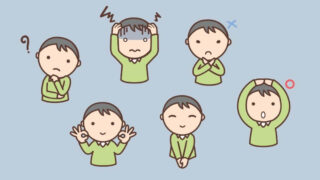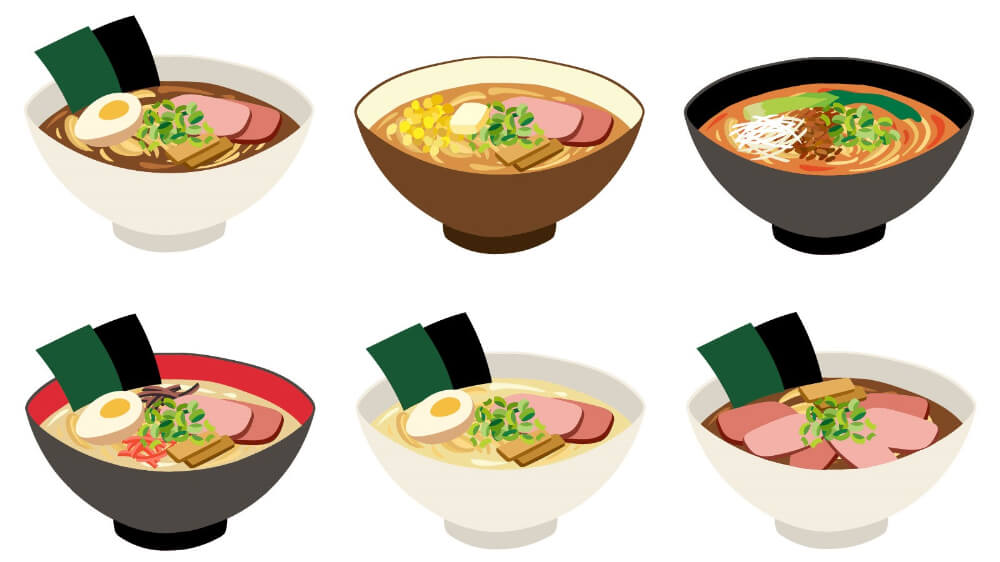One common confusion among foreigners is not grasping what Japanese people are thinking. This article aims to explain the characteristics of high-context cultures and offers tips on how to better understand the Japanese.
Why is it hard to understand what Japanese people are thinking?
Foreigners often find that it’s difficult to understand what Japanese people are thinking, whether in business settings and everyday life. For instance, when someone says “I’ll consider it” in a business context, it can be a polite way of declining, but it’s hard for foreigners to realise that. Silence during conversations is another element that bewilders foreigners, because, depending on the context, it can mean either “yes” or “no.”
Moreover, the Japanese language itself is often ambiguous, with responses that can be interpreted as both “yes” and “no”. Even positive replies tend to be indirect, considering the other person’s feelings and circumstances. These cultural nuances make it difficult for foreigners to discern the true intentions or feelings of Japanese people.
Japanese People Understand Each Other
Interestingly, Japanese people often understand each other very well even when responses sound ambiguous to outsiders. For example, if someone says “I’ll think about it,” their tone and the context usually make it clear whether they’re genuinely considering something or politely rejecting. Similarly, In a business meeting, if someone says “It seems a bit difficult” it’s pretty clear that they are expressing disagreement.
Among close friends, saying “I’m hungry” might be a subtle request for an invitation to eat together. This understanding comes from shared context, relationships, and past experiences rather than the words themselves. This reliance on context is a hallmark of high-context cultures, and Japan is often regarded as one of the world’s most high-context societies.
What is a High-Context Culture?
A high-context culture relies heavily on non-verbal cues, context, and the overall situation for communication. In these cultures, much of the communication is understood implicitly rather than stated explicitly. In contrast, low-context cultures depend more on explicit verbal information.
Besides Japan, other high-context cultures include Korea, China, France, Russia etc, although none to the extent of Japan. Low-context cultures, on the other hand, include countries like the United States, Canada, Australia, Germany etc.
Signs to Understand Japanese People

Japanese communication includes many non-verbal signs that can help foreigners understand their intentions better. Here are some key elements to pay attention to:
Facial Expressions
Japanese people tend to restrain showing emotions through facial expressions, but subtle changes in their faces can be a signal of hidden emotions. For instance, if someone smiles with their mouth but their eyes don’t smile, they might be hiding an unhappy emotion. When even someone’s mouth isn’t smiling, it might suggest they’re either unsatisfied or angry. This is because smiling is considered a basic courtesy in Japan , we small unless we have a negative emotion.
Eye Contact
Eye contact is also an important indicator. Direct eye contact is less common in Japan and sometimes avoided to show respect or maintain social distance. Such attitudes are commonly observed in business settings. However, if a close friend avoids eye contact during a conversation, it might suggest the listener lacks interest in the conversation or harbours some dissatisfaction.
Tone of Voice
The tone and intonation of speech can provide clues to true intentions or feelings. Generally, a gentle tone conveys a positive meaning, while a harsher tone can imply negativity.
In customer service, a high-pitched voice is often used to show friendliness, whereas in business presentations, a lower pitch conveys seriousness and is preferred. While these nuances exist in other cultures too, the impact of tone on perception is particularly significant in Japan.
Gestures
Small gestures and actions can also offer valuable clues to understand the Japanese. For example, when offering food or drink, if someone says, “Oh, Thank you” while holding their palm out towards you, it means “Thank you, but I don’t want it.”
Additionally, Japanese people frequently nod during conversations. This is to show understanding and interest, but the nod doesn’t always signify agreement with your opinion.
Japanese communication might seem vague and hard to understand due to its heavy reliance on context. In a high-context culture, non-verbal elements like facial expressions, eye contact, tone of voice, and gestures play significant roles. Understanding these cues and interpreting them correctly can help facilitate smooth communication with Japanese people.



